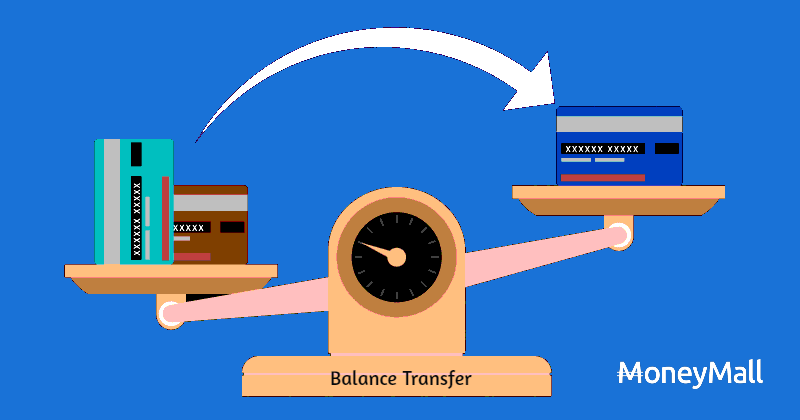If you are already caught up in a bad debt cycle, the option of credit cards balance transfer or transferring your dues from one card to another can prove to be the best option for you. A balance transfer can allow you to shift your balance from one card to the other or from multiple cards to one single card. This gives you temporary relief from debts. The second bank also allows a credit-free period of up to 90 days resulting in easier repayment of your pending amount. Once the credit period ends, regular interest will be levied on the cardholder. But once you decide to opt for a balance transfer and finish it successfully, the job’s still not over.
Here are 3 useful tips that you should follow after finishing a credit cards balance transfer:
[toc]-
Do not close your old credit card
You could hurt your credit score if you close your old credit card. You may be tempted to close the card you transferred debt from, but remember that cancelling an old card can do more damage than good. It’s more beneficial to keep your old card open since the average length of your credit history is a big factor in your credit score — and the longer your credit history, the better.
While opening a new card lowers your average length of credit history, it does not lower it as much as closing your old card would. For example, if your old card has been open for 10 years, and you open a new balance transfer card, the average length of your credit history will be five years. But, if you closed your old account, it would drop to less than a year — which is a big difference.
Closing your old card will also hurt your utilization rate. This plays an even bigger role in your credit score. Utilization is the amount of the total credit limit you use — so, if you spend AED 2,000 a month across two credit cards with a combined limit of AED 8,000, your credit utilization would be 25%.
Check out your Credit Utilization rate now
-
Set up autopay and pay more than the minimum amount
Autopay is a great feature that can prevent you from missing payments and incurring late fees. It is also a helpful way to set up automatic payments that are greater than the minimum due, which can lead to a significant reduction in your debt since paying only the minimum due is not enough to rid yourself of debt. Autopay is a helpful feature provided by most credit cards that allow you to schedule payments for any amount. Set up autopay for at least the minimum due, but ideally more than the typical minimum payment.
If possible, calculate the exact amount you need to pay every month to have the balance paid off before the 0% teaser rate ends and set up either a monthly or biweekly automation for that amount. Once you figure out how much you can afford to put towards your debt each month, set up autopay for that amount and watch your debt decrease. You can always adjust your autopay settings to higher or lower amounts as per the requirement.
-
Set a two months’ calendar reminder before your balance transfer expires
If you do not pay off your balance before the intro period ends, any balance remaining will be charged the standard interest rate. Some cards may also charge you all the interest you accrued and did not pay during the intro period, i.e., deferred interest. Though this is uncommon with cards from major credit card issuers, it is something to keep in mind if you think you may continue to carry a balance post-intro period.
We understand you might not be able to pay off your balance during the intro period. If that happens, you still have options to avoid accruing interest. One option is to apply for a new balance transfer card, so you can take advantage of another 0% intro APR period. Just remember that balances cannot be transferred between cards from the same issuer.
The other option you have is to take out a personal loan. You can consolidate debt from your credit card by taking out a personal loan that often has lower interest rates as well as more flexible credit requirements than balance transfer credit cards.
Find out how much you can save by transferring your balance to new credit card

